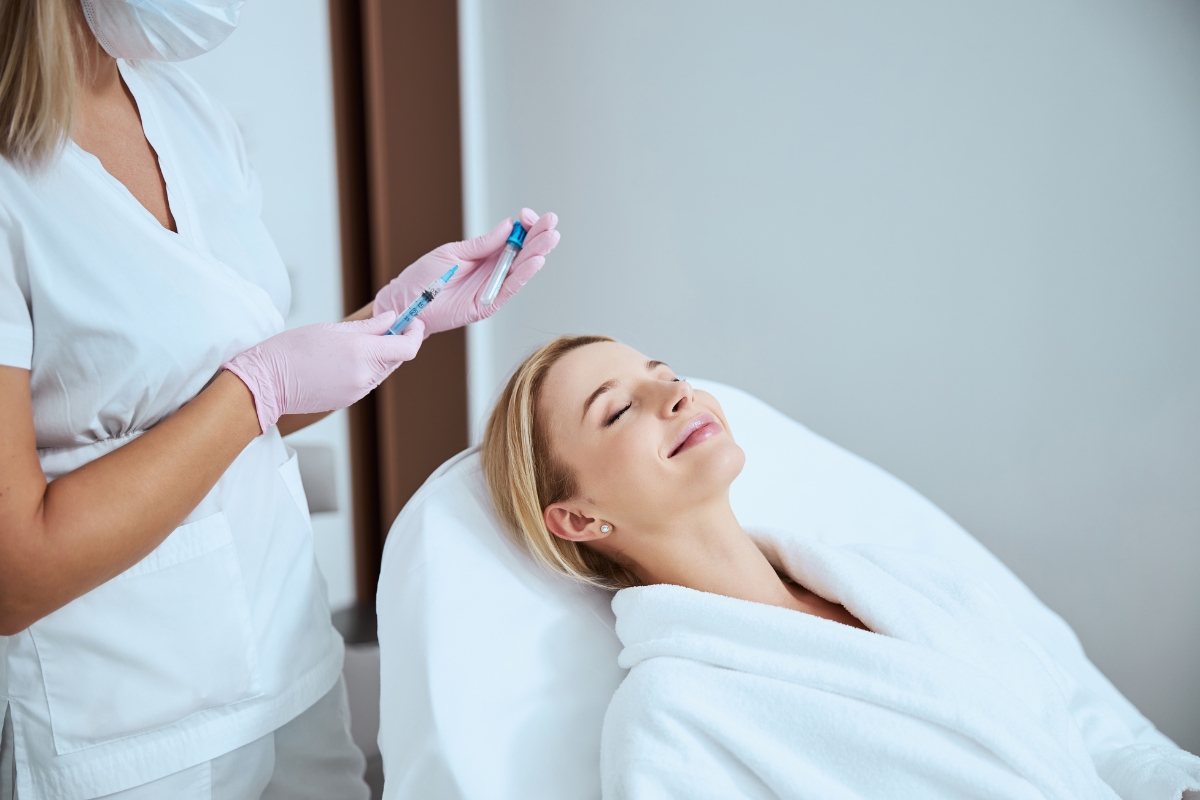
Healing well after an extraction or implant matters for comfort, function, and long-term oral health. If you’ve heard your dentist mention platelet-rich fibrin (PRF), this guide explains what it is, what it can and can’t do, and why many patients choose it to support recovery.
What is PRF?
PRF is made out of a very small amount of your own blood that's spun around to create a sticky gel-like matrix of fibrin that's full of platelets and white blood cells. Those cells release natural growth factors that help in the initial phase of wound healing, the formation of new vessels, and tissue repair. It's used as a "biologic bandage" over (or inside) the surgical area.
Why that matters
Because PRF is autologous (your own), it's biocompatible and generally well tolerated, but also provides a scaffold to aid closure of soft tissue and bone remolding after dental surgery.
PRF post-extraction: comfort, closure, and fewer setbacks
If you’re weighing PRF after extraction, here’s the headline: multiple reviews report better soft-tissue healing, less early postoperative pain, and a lower risk of dry socket (alveolar osteitis) compared with no PRF. These benefits show up most clearly in the first 1–2 weeks.
For those searching for platelet-rich fibrin (PRF) therapy in Hayden, this procedure is usually performed chairside and only takes a few minutes during your appointment because the material is taken from your own blood sample.
PRF with dental implants: stronger starts
During implant therapy, early stability and soft-tissue thickness around the implant are critical for comfortable healing and long-term maintenance. Meta-analyses show platelet concentrates (including PRF) can improve early implant stability (ISQ) at 1–4 weeks and reduce short-term marginal bone loss, while long-term differences remain less certain. Recent reviews also note PRF can increase keratinized mucosa and soft-tissue thickness around implants.
Safety and candidacy
Because PRF comes from your own blood, there is very little risk and minimal side effects when standard protocols are followed. It’s widely used across oral surgery and periodontics for precisely that reason.
Who often benefits from the therapy?
Patients who have molar extractions, patients who are at risk for dry socket, smokers, and patients with medical conditions like diabetes that hinder healing—all groups are addressed in current clinical trials.
What PRF does not do
PRF is not a silver bullet. It aids your body in healing; it does not necessarily replace good surgical technique, home oral care, or follow-up treatments. Long-term success of implants is multi-factorial, and evidence of the impact of PRF after the initial healing phase is still in progress.
What this will entail during your visit
- A minute blood draw before treatment
- Same-day processing as you numb up
- Incorporation of PRF into the extraction socket or around the implant
- Standard post-op care with emphasis on gentle dental hygiene and diet
If you're in Hayden and want an even more relaxed, smoother recovery, we can discuss PRF after extraction and implant healing tailored to you. Call NW Natural Dentistry to schedule an appointment today.
